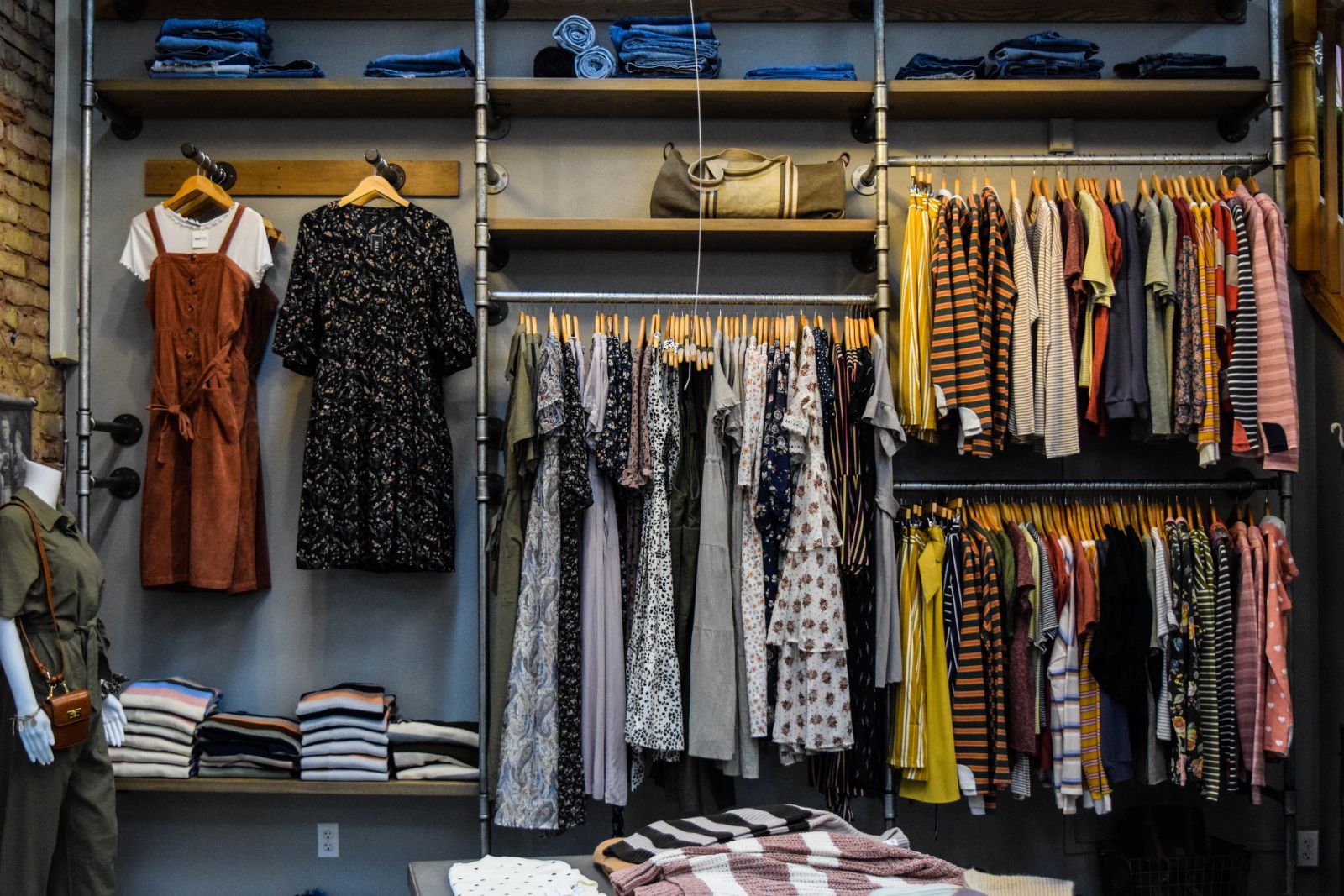
On Monday, Ralph Lauren (RL) held its 2022 Investor Day in New York. Its strategic growth plan aims to open 250 stores in North America by 2025.
On news like that, you would think the stock would rocket higher. And it did, gaining 3% in Sep. 19 trading. However, in the two days since, it’s lost more than $1.50 of those gains.
Long-time shareholders have not had an easy ride in recent years. RL stock is down more than 21% year-to-date, 14% over the past year, and off 87% relative to the S&P 500 over the past five years.
Heck, you could have bought the Invesco S&P 500 Equal Weight Consumer Discretionary ETF (RCD) five years ago -- it owns 60 consumer discretionary stocks from the S&P 500, including Ralph Lauren -- and you would have outperformed RL by more than 19%, despite the fact the iconic apparel brand was holding the ETF back.
It’s time for Ralph Lauren to position itself for a future without the founder. It’s hard to know if 250 direct-to-consumer (DTC) Ralph Lauren brick-and-mortar stores will deliver for shareholders beyond its three-year plan.
Should you buy RL stock for nostalgia’s sake? No, you should not.
That said, it is worthy of your consideration. Here’s why.
Get on the Direct-to-Consumer Bus
The wholesale heydays of the 1990s and 2000s are long gone for any brands that relied exclusively on others to sell their goods. Companies such as Nike (NKE) have moved to DTC, not because they have to, but because it makes good business sense.
As recently as 2020, Foot Locker (FL) bought 75% of its product from Nike. By 2022, it will be down to 55%, likely falling again in 2023.
Not everyone is convinced that DTC is the way to go, though.
Charged, a UK publication covering the intersection of retail and technology, suggested in an April article that Nike’s big plans for DTC weren’t living up to expectations.
“Despite widespread belief to the contrary, the push to DTC from wholesale appears to hurt, not help, overall company profitability,” Charged reported BMO Capital Markets analyst Simeon Siegel wrote in a note to clients.
Nike reports Q1 2023 results on Sep. 29. Deutsche Bank analysts believe China's revenues will be approximately $80 million less than Wall Street’s estimate of $1.67 billion. However, it feels its North American revenue will increase by nearly 5% due to solid results from DTC.
There is no question that the current inflationary environment puts pressure on the consumer. Long-term, however, Nike remains hellbent on getting closer to the end customer.
So, what’s Ralph Lauren’s take on DTC?
It’s Already on the DTC Bandwagon
CEO Patrice Louvet was clear in his Investor Day presentation about where the company stood regarding DTC. It’s all in. It currently represents 63% of its overall revenue. Investors can expect this percentage to continue to rise.
“‘Sometimes we have conversations and I get the impression people believe Ralph Lauren is a wholesale company,’ Louvet said. ‘That may have been true in the past. That is not true today,’” RetailDive reported Louvet’s comments.
According to Louvet, in North America, Ralph Lauren has reduced its department store exposure by two-thirds and its off-price exposure by more than 50%.
Ralph Lauren’s North American boss, Bob Ranftl, said 14 cities in North America account for 66% of the premium market. It plans to expand its DTC presence in those markets.
I lived in Toronto for most of my life until moving to Halifax four years ago. There are many Factory stores in Southern Ontario but no Flagships like in New York City.
As Ranftl says, Ralph Lauren is “still significantly underpenetrated in many cities in North America.”
I couldn’t tell you if 250 is too many or too little. I know that the company had 238 freestanding stores in North America as of July 2, up from 233 a year earlier. The plan to add 250 significantly accelerates its DTC strategy in the region.
In Q1 2023, its retail revenue -- Ralph Lauren stores, factory stores, and RalphLauren.com -- was $438 million, 62.4% of its $701 million in North America revenue. North America DTC accounted for 49.6% of its $882.6 million overall. Worldwide, DTC accounted for 64.1% of its quarter's $1.38 billion in revenue.
In fiscal 2022, its North America revenue was $2.97 billion. Of that, retail or DTC accounted for 63%.
Assuming it does slightly higher in 2023, its DTC business will be over $2 billion.
What’s a Similar DTC Comparison?
The best one in North America would be Lululemon (LULU). It generates 89% of its overall revenue from company-operated stores and e-commerce sites worldwide. Its North America revenue in 2021 was $5.3 billion.
Approximately 89% would be $4.72 billion, or more than double Ralph Lauren’s North American retail. It’s not perfect, but it will do.
LULU’s gross margin and operating margins were 57.7% and 21.3% in 2021. Ralph Lauren’s were 66.7% and 13.4%. However, its North American operating margin was better than LULU's at 22.8%. It would become a profit-generating machine if it could figure out how to trim some of its operating expenses.
Lululemon is valued at 6.1x sales. Ralph Lauren’s multiple is 1.1x sales.
Louvet is right to complain investors still think of Ralph Lauren as a wholesale company. Its margins suggest otherwise.
It can’t get to 250 store openings fast enough. RL stock is a buy.
More Stock Market News from Barchart




/Tesla%20Inc%20tesla%20by-%20Iv-olga%20via%20Shutterstock(1).jpg)
/Apple%20logo%20-%20by%20Pexels%20via%20Pixabay.jpg)

/The%20CoreWeave%20logo%20displayed%20on%20a%20smartphone%20screen_%20Image%20by%20Robert%20Way%20via%20Shutterstock_.jpg)
/Netflix%20on%20tv%20with%20remote%20by%20freestocks%20via%20Unsplash.jpg)